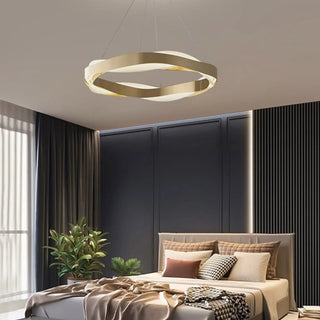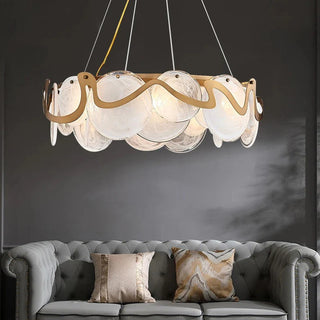Well-chosen street lighting allows you to perfectly illuminate the local area, emphasize the beauty of the landscape and the design of the house. At the same time, it is very important that the lamp can easily endure temperature changes, extreme heat and cold, precipitation, wind with dust and other influences. We will tell you how to choose the best street lighting.
In order to navigate the assortment and understand how outdoor lighting can be organized, we suggest dividing street lamps into the following types:
- Ground lights. Differ in presence of a column. Lanterns on a high pole are used to illuminate the area in front of the house, parking area, garden paths and other areas. Lanterns on a low pole (up to 3.3 feet) perform a rather decorative function, but they can well illuminate garden paths. 
- Pendant and ceiling lamps. Great for lighting porches, gazebos, terraces, can be used as both basic and decorative lighting
- Wall lamps perfectly cope with the function of local lighting near the front door, on the porch, in the gazebo.
- Facade lights are mainly used for decorative purposes to highlight the architectural features of the house. Attached to the wall, can be swivel or stationary, guided from top to bottom or from bottom to top.
- Spotlights allow you to selectively illuminate a specific area. The light of the spotlight can be directed at the house, using it as an architectural backlight, highlight the entrance to the house, trees or other elements that you want to draw attention to it.
- Built-in lamps are used for decorative purposes, give a local pleasant light. You can embed them in tiles, steps, walls, stones and other elements of the site. As a result, a beautiful play of light and shadows is achieved, and the house and the territory in front of it become even more interesting in the evening than in the daytime.
- Floating lamps are distinguished by maximum protection against water, they are used to design artificial reservoirs.
It is not at all necessary to dwell on one type of fixtures - you can and even need to combine different types of light sources in order to correctly illuminate all areas of the site and create a pleasant lighting design.
PROTECTION AGAINST DUST AND MOISTURE
A street lamp should easily endure any precipitation and strong gusts of wind with dust particles, so be sure to pay attention to the degree of protection against dust and moisture. This characteristic will be denoted by the letters IP.
To illuminate a house, a suburban area, a summer house or a cottage, it is better to take lamps with a protection level of at least IP44, and even more protected, up to IP65.
STREET LAMP MATERIAL

In most cases the basis of any lamp is metal. As practice has shown, the best option is fixtures with a stainless-steel body. This is a durable, reliable and wear-resistant material that perfectly resists precipitation and temperature changes, so it can last at least a dozen years.






